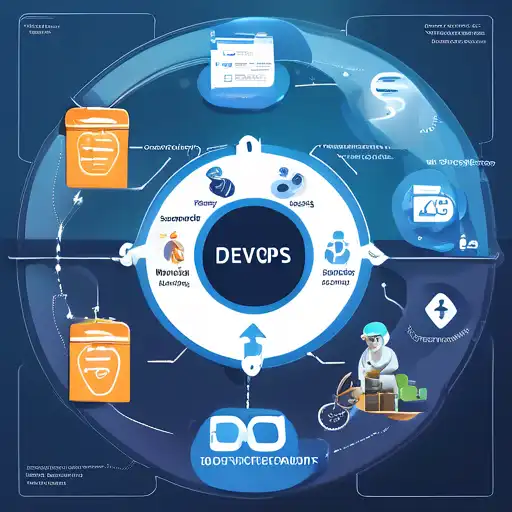Introduction to DevOps in Software Development
DevOps has revolutionized the way software is developed, deployed, and maintained. By bridging the gap between development and operations teams, DevOps practices ensure a smoother, faster, and more efficient software development lifecycle (SDLC). This article explores the pivotal role of DevOps in enhancing the SDLC, focusing on its benefits, key practices, and how it fosters collaboration and innovation.
The Benefits of DevOps in the SDLC
DevOps brings numerous advantages to the software development process, including improved collaboration, faster deployment times, and higher quality products. By integrating DevOps practices, organizations can achieve:
- Continuous Integration and Continuous Deployment (CI/CD) for faster release cycles
- Automated testing to ensure code quality and reduce manual errors
- Enhanced monitoring and logging for proactive issue resolution
- Greater scalability and flexibility in development and operations
Key DevOps Practices for Optimizing the SDLC
To fully leverage DevOps in the SDLC, teams should adopt the following key practices:
- Infrastructure as Code (IaC): Automates the provisioning and management of infrastructure, making it more reliable and easier to manage.
- Microservices Architecture: Encourages the development of small, independent services that can be deployed and scaled individually.
- Continuous Monitoring: Provides real-time insights into application performance and user experience, enabling quick adjustments.
- Collaboration and Communication: Fosters a culture of shared responsibility and transparency between development and operations teams.
How DevOps Fosters Collaboration and Innovation
DevOps is not just about tools and technologies; it's also about culture. By breaking down silos between teams, DevOps encourages a culture of collaboration, continuous learning, and innovation. Teams are empowered to experiment, learn from failures, and continuously improve their processes and products. This collaborative environment accelerates the SDLC and leads to the development of more innovative and user-centric software solutions.
Conclusion
DevOps has become an indispensable part of the modern software development lifecycle. Its emphasis on automation, collaboration, and continuous improvement helps organizations deliver high-quality software faster and more efficiently. By adopting DevOps practices, teams can not only optimize their SDLC but also foster a culture of innovation and excellence. For more insights into optimizing your development processes, explore our technology blog.
